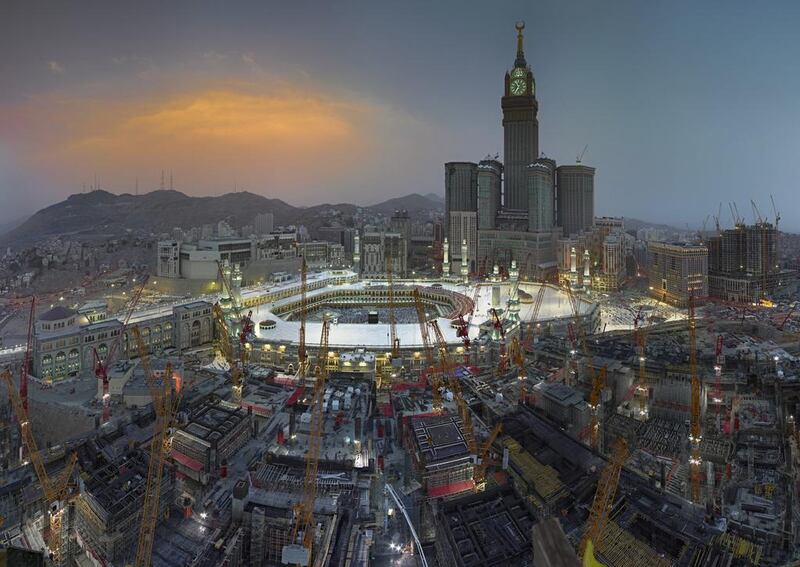This Wednesday evening, the latest lecture in the Louvre Art Abu Dhabi Talking Art Series at Manarat Al Saadiyat will focus on the art of documentary photography.
Guest speaker Christine Barthe, the head of photographic collections at Quai Branly Museum, Paris, will introduce the work of Walker Evans, an American photographer best-known for documenting American rural life during the great depression of the 1930s for the government’s Resettlement Administration. His unforgettable images would create the America of the popular imagination.
Less well-known and under discussion is the influence of Eugène Atget, a French pioneer of photographic realism who recorded life on the streets of Paris at the turn of the 20th century and whom Walker greatly admired.
The Quai Branly Museum holds some 700,000 items in its photographic collection dating back to 1841. Wednesday's talk is a reminder that Louvre Abu Dhabi is growing its own collection of photography. There has already been much interest in Ayoucha, the daguerreotype of a veiled woman taken by Joseph-Philibert Girault de Prangey in 1843, but Louvre Abu Dhabi also holds a photograph by Evans taken from his African art series that was commissioned by New York's Museum of Modern Art in 1935.
Then only 32, Evans photographed a selection of the 600 sculptures that made up the museum’s groundbreaking African Negro Art exhibition, one of the first to show African sculptures as artworks rather than ethnographic artefacts.
When a selection of the photographs were shown at the Met in 2000, the exhibition’s curator and photographic archivist, Virginia-Lee Webb, highlighted their interest: “Evans’s photographs of African art were made just before he began his renowned work for the Resettlement Administration.
“Importantly, they record many masterpieces, and they also reveal Evans’s signature style of photography.”
The contemporary Saudi artist Ahmed Mater will be among the panellists at Manarat discussing photography, documentation and art. Mater will shed light on his own photographic project, Desert of Pharan, in which he records the narrative of Islam’s holiest city.
The series of photographs in Desert of Pharan documents the mass expansion of Mecca – the title was taken from the holy city’s ancient name mentioned in the Old Testament.
Mater’s work touches on the issues between public and private space in Islamic cities. Being home to more than a million residents, he explores how the holy city is being transformed to accommodate the needs of millions of pilgrims who go to Mecca to perform Haj every year.
A qualified doctor, Mater, as he puts in, lives “a subjective and objective” life. When it comes to his career as a doctor, he is objective, and when it comes to his passion as an artist, he is subjective.
Mater’s work has been exhibited around the world. His is one of only two Saudi Arabian artists included in the British Museum’s Word into Art exhibition for the Sharjah Biennial 2007. His work is also in the collection of the Museum of Islamic Art in Doha and Centre Pompidou in Paris.
AAlHameli@thenational.ae
• To register for this event, visit saadiyatculturaldistrict.ae





